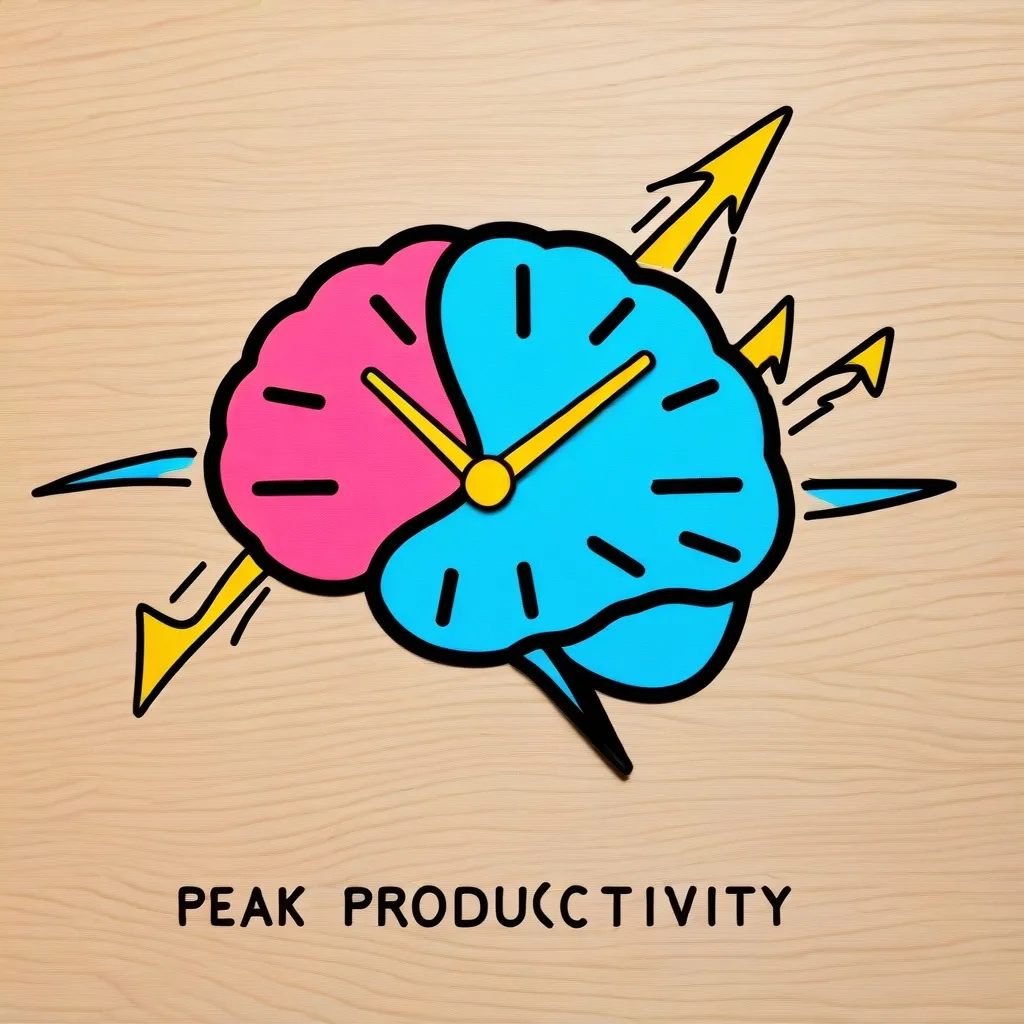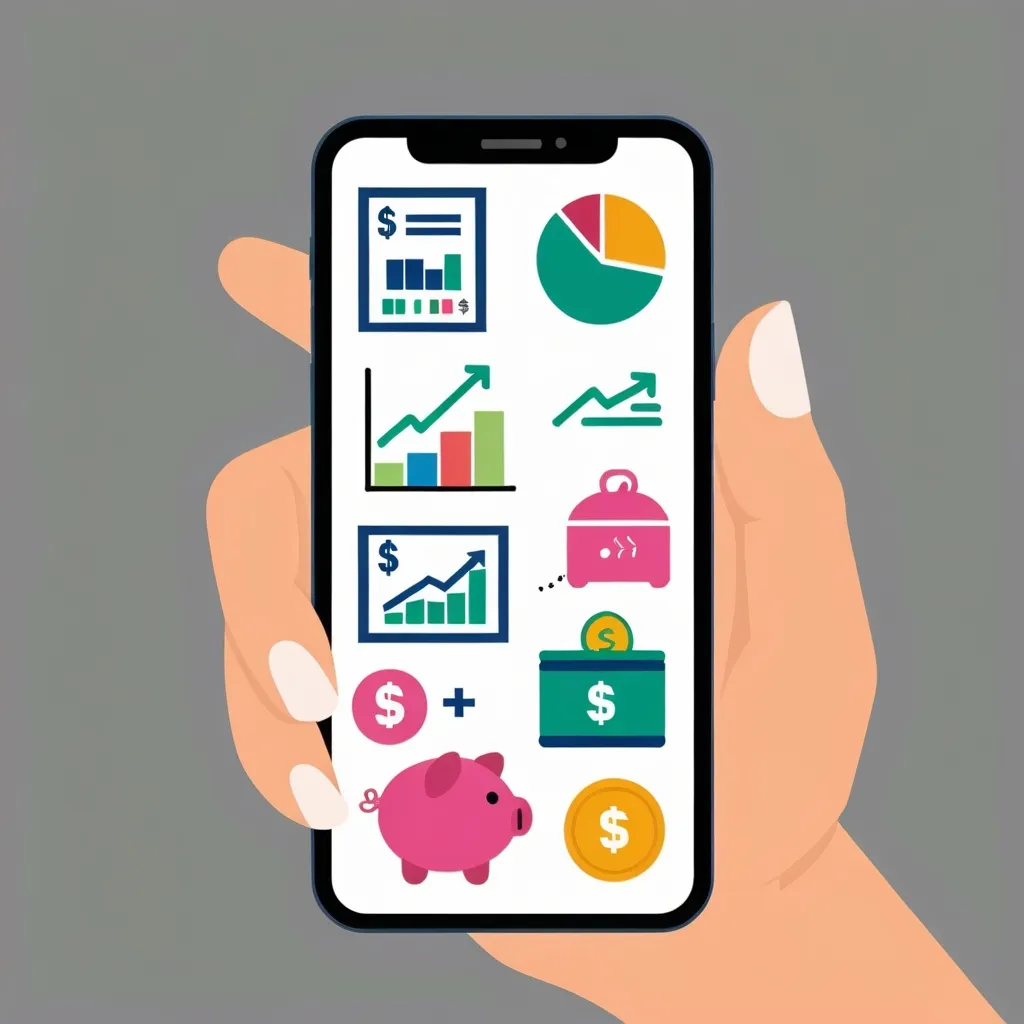Unlocking Your Productivity Potential: The Two-Phase Focus Method
Ever feel like you’re spinning your wheels, trying to get things done but not making much progress? You’re not alone. In our fast-paced world, staying productive can feel like an uphill battle. But what if I told you there’s a method that could double your productivity and help you achieve that elusive state of flow? Enter the Two-Phase Focus method.
This approach isn’t just another productivity hack. It’s a game-changer that combines the best of several proven techniques to help you make the most of your time and energy. So, let’s dive in and explore how this method can revolutionize your work habits.
At its core, the Two-Phase Focus method is all about balancing intense concentration with strategic breaks. It’s like interval training for your brain. You push hard during focused work sessions, then give yourself time to recover and recharge. This rhythm helps you maintain high performance throughout the day without burning out.
The first phase is all about deep focus. We’re talking about those precious moments when you’re completely absorbed in your work, oblivious to the world around you. It’s in this state that magic happens. You’re five times more productive than when you’re constantly switching between tasks. Just imagine what you could accomplish if you could tap into this superpower more often!
But here’s the kicker - your brain can only sustain this level of focus for about 60 to 90 minutes at a time. That’s where the second phase comes in. After an intense work session, you need to give your brain a break. This isn’t just downtime; it’s a crucial part of the process that allows you to recharge and prepare for the next round of focused work.
Now, you might be wondering, “When’s the best time to schedule these focus sessions?” Well, it turns out your body has natural rhythms of energy and alertness. For most people, peak focus times are about 30 minutes, 3 hours, or 11 hours after waking up. It’s like catching a wave - if you time it right, you can ride that surge of productivity to get more done with less effort.
Let’s talk about those breaks for a moment. This is where techniques like the Pomodoro method come into play. The idea is to work in 25-minute bursts (called Pomodoros), followed by 5-minute breaks. After four Pomodoros, you take a longer break of 15 to 30 minutes. These breaks aren’t just about resting; they’re about resetting your focus.
During your breaks, do something that takes your mind off work. Take a short walk, do some stretches, or just sit quietly and breathe. The key is to give your brain a complete change of pace. It’s like pressing the reset button, allowing you to return to your tasks with renewed energy and focus.
Now, let’s address the elephant in the room - distractions. In our hyper-connected world, staying focused can feel like trying to meditate in the middle of a rock concert. Emails, chat messages, social media notifications - they’re all vying for our attention, pulling us away from deep work.
This is where the Two-Phase Focus method really shines. By creating clear boundaries between work and break times, it helps you combat these distractions. When you’re in a focus session, commit to turning off notifications and avoiding the temptation to check your inbox. Trust me, the world won’t end if you don’t respond to that email immediately.
One of the best things about this method is its flexibility. It’s not a rigid system that you have to follow to the letter. You can tailor it to your unique needs and work style. Maybe 25-minute Pomodoros feel too short for you. No problem! Try 30 or 40-minute sessions instead. The key is to find a rhythm that works for you and helps you maintain your focus.
To take your productivity to the next level, consider incorporating the Time Matrix into your Two-Phase Focus routine. This tool helps you prioritize tasks based on their urgency and importance. It divides tasks into four categories: urgent and important, not urgent but important, urgent but not important, and not urgent and not important.
By tackling the “urgent and important” tasks during your deep focus sessions, you ensure that you’re giving your best energy to the most critical work. This approach helps prevent that dreaded crisis mode where everything feels urgent and important.
Another powerful technique to pair with the Two-Phase Focus method is time blocking. This involves scheduling your day or week into dedicated blocks of time for specific tasks. For example, you might block out 9:00 AM to 10:30 AM for a deep focus session, followed by a 30-minute break, and then another block for less intense tasks.
Time blocking helps you visualize your day and ensures that you allocate enough time for each task without overcommitting. It’s like creating a roadmap for your productivity, guiding you through your day with purpose and intention.
Let’s bring this to life with a real-world example. Imagine you’re a freelance writer with a looming deadline for an important article. Here’s how you might apply the Two-Phase Focus method:
You start your day with a 90-minute deep focus session, dedicating this time solely to writing the article. You’ve turned off all notifications and found a quiet spot where you can concentrate fully. After this intense session, you take a 10-minute break to stretch and grab a coffee.
For the rest of the morning, you break your work into 25-minute Pomodoros, with 5-minute breaks in between. This helps you maintain focus while avoiding burnout. You use the Time Matrix to prioritize your tasks, ensuring that you tackle the most critical parts of the article during your deep focus sessions.
You’ve also used time blocking to schedule your day, allocating specific times for research, writing, and editing. This gives you a clear structure and helps prevent overwhelm.
Now, here’s the secret sauce that makes this method truly powerful - consistency. It’s not about being perfect; it’s about creating a routine that you can stick to. Each session is a fresh start, an opportunity to improve upon the last. By regularly reevaluating your goals, challenging yourself to focus, limiting distractions, and tracking your progress, you can make significant strides in your productivity.
To make this process more engaging and fun, try gamifying your productivity. Set goals to add an extra deep focus session each day or challenge yourself to complete a big task within a specific number of Pomodoros. This adds an element of play to your work, making it more enjoyable and motivating you to keep improving.
The Two-Phase Focus method is more than just a productivity technique; it’s a way to unlock your hidden potential. By combining deep focus sessions with structured breaks and using tools like the Time Matrix and time blocking, you can dramatically enhance your ability to concentrate and achieve your goals.
Remember, it’s all about finding a rhythm that works for you and sticking to it. With consistency and the right approach, you can transform how you manage your time and achieve peak productivity. So why not give it a try? You might be surprised at just how much you can accomplish when you harness the power of focused work and strategic breaks.
In the end, productivity isn’t about doing more; it’s about doing what matters most. The Two-Phase Focus method gives you the tools to identify those crucial tasks and tackle them with your full attention and energy. It’s about working smarter, not harder, and creating space in your life for the things that truly matter.
So, are you ready to supercharge your productivity? Give the Two-Phase Focus method a shot. Start small, be patient with yourself, and watch as your productivity soars. Who knows? This could be the game-changer you’ve been looking for to take your work - and your life - to the next level.






